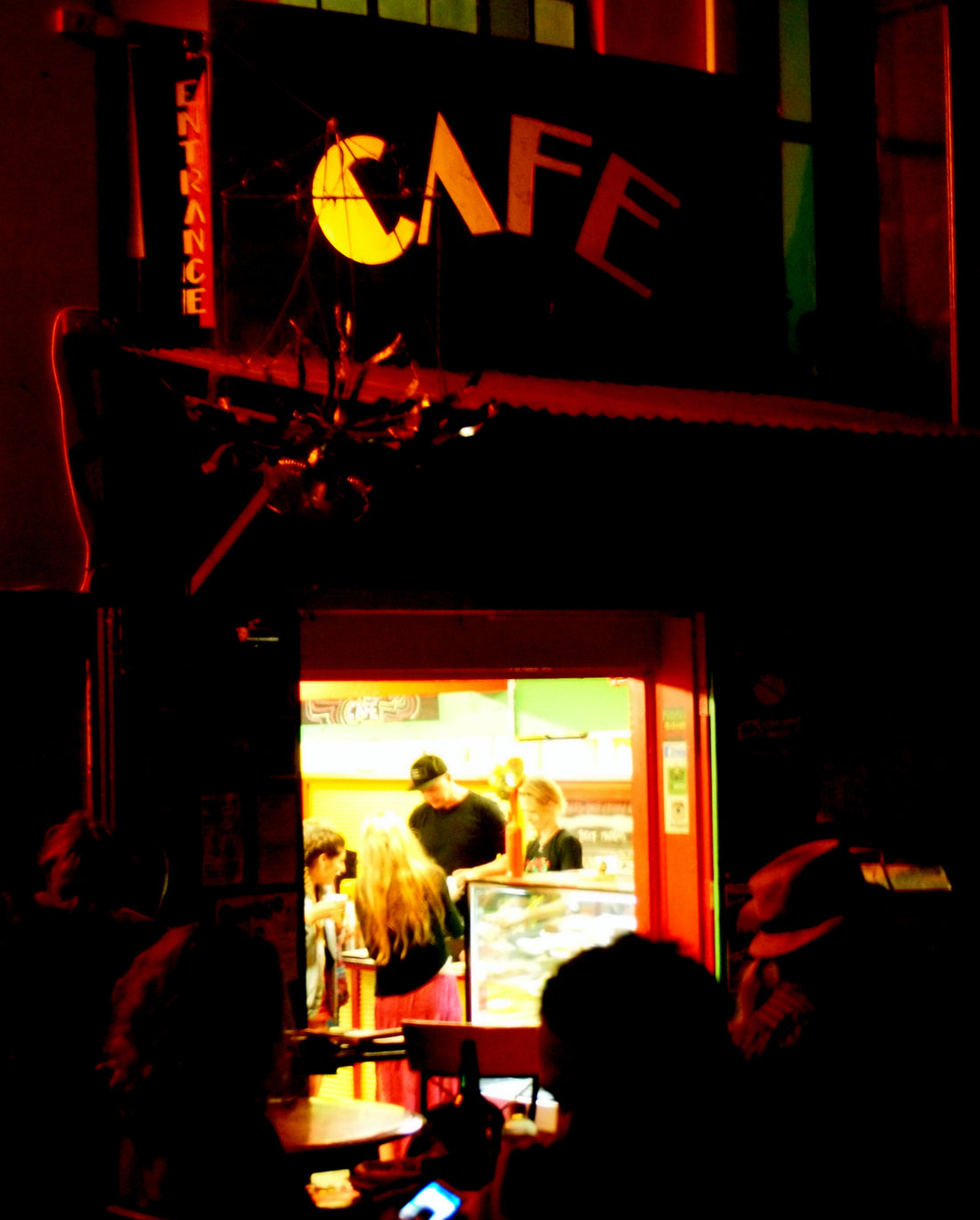
Espresso Brewing
Share
Espresso Brewing
This Blog follows on from our second blog, dealing with brewing and grinding. Some of us have machines to brew coffee. Those machines are usually espresso machines. The most popular ones utilize pressure from a pump to pass water in a pipe through a tank in which water is heated above its boiling temperature toward a filter basket containing ground coffee. The water coming through the tank in the pipe from the pump will ideally reach the coffee grounds in the filter basket at a temperature of around 90 degrees Celsius. Other espresso machines either take water directly from the tank to the filter basket and coffee grounds, or they use a thermoblock to heat the water rather than a tank. In all cases the water applied to the coffee grounds in the filter basket is applied under pressure, this speeds the process of extraction… to further increase extraction speed, espresso brewing uses finely ground bean.
Modern machines still work on around 9 bars of pressure, as did the earliest machines in the late 19th century. That means 9 times the pressure of sea level atmosphere.
Buying pre-ground espresso coffee has the disadvantage of rapid deterioration. Plunger grind will take quite a bit longer to stale. At Mt Top we encourage people to use their own grinders if they are espresso brewing. Some machines have built in grinders, but my experience is that a stand-alone grinder is more efficient and more user-friendly when it comes to adjusting the grind. Good grinders give an even particle size, whilst poorer ones, such as spice grinders will produce dust as well as granules, just the same I would prefer to use a spice grinder and have fresh ground coffee than stale well ground coffee.
It should take 25-35 seconds to pour a good Mt Top coffee espresso. Adjusting the grind is the most dramatic way of speeding up or slowing down the extraction, but the amount is also important. I find that having the filter basket as full as possible - allowing for the slight swelling that occurs when water is added to the coffee - and then adjusting the grind according to the flow of the coffee through to the cup is the best method. Mountain Top Coffee is dense but not prone to bitterness which can often be an issue with espresso brewing, so it can take a tighter extraction than most coffees to give an extra deep syrupy result without bitterness.

2 comments
Hi Todd, sorry for such a late response. Tighter extraction means that you are using a finer grind but also it can mean having a fully packed brew basket so that when the water hits the coffee when the basket is locked in it creates pressure and a tighter compaction of the coffee itself.
Hello, What do you mean by “tighter extraction”? Thanks.